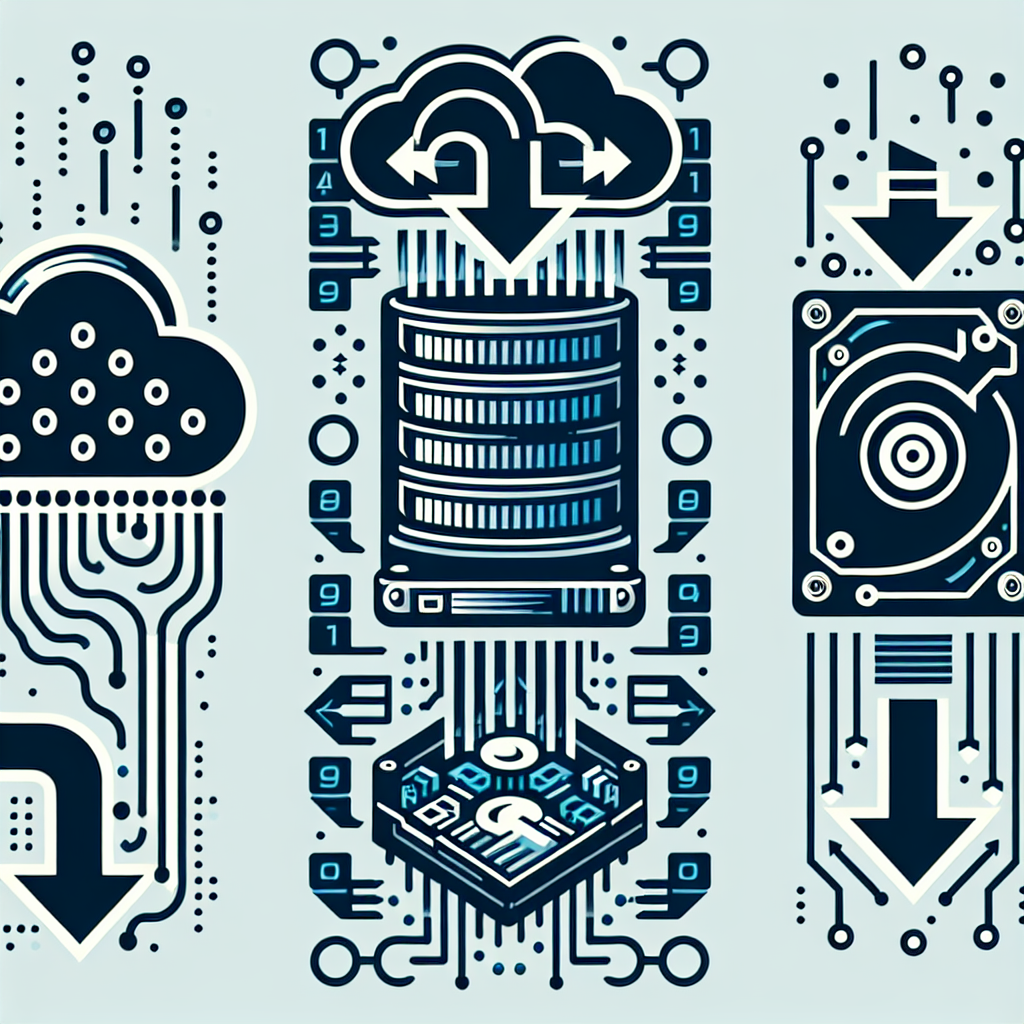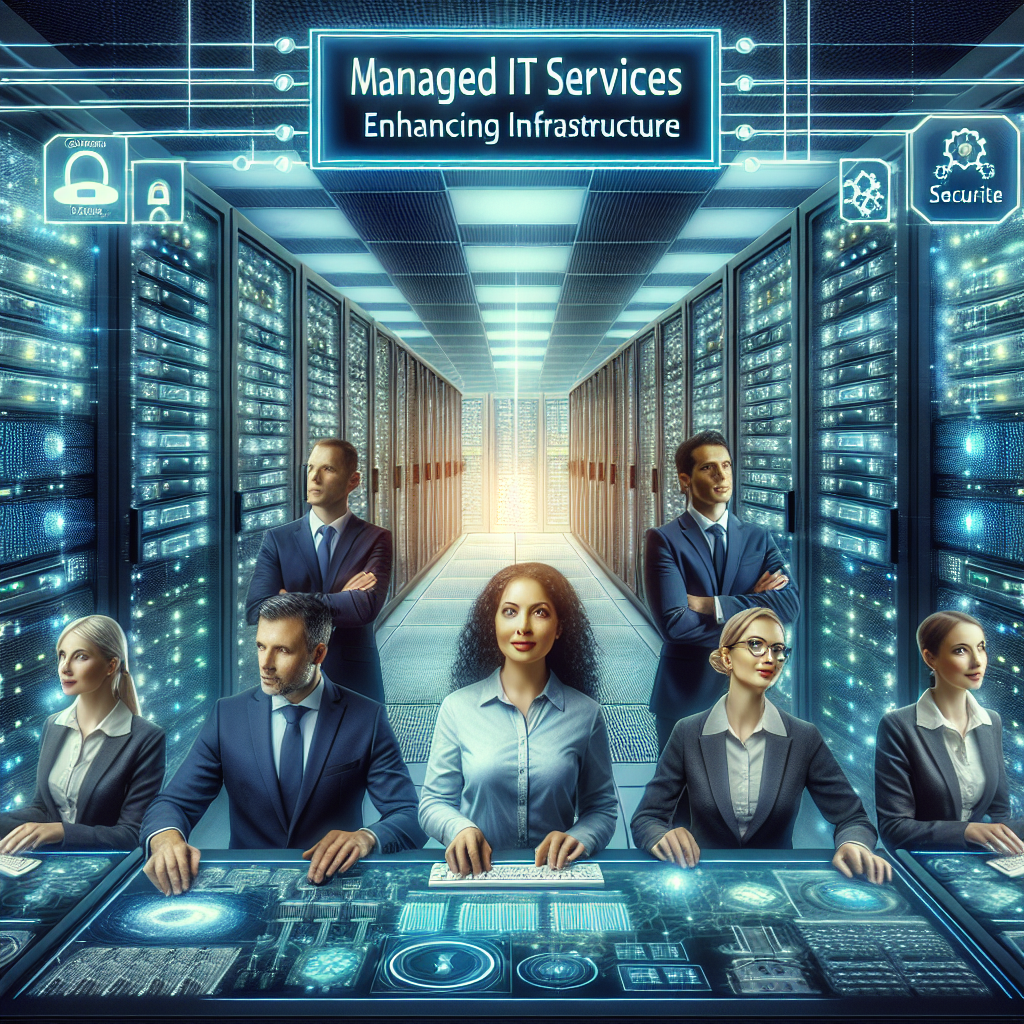In today’s fast-paced and constantly evolving business landscape, having a reliable and efficient IT infrastructure is crucial for the success of any organization. With the increasing reliance on technology for day-to-day operations, it is essential to ensure that your IT systems are well-maintained and secure. This is where managed services for IT infrastructure come into play.
Managed services for IT infrastructure involve outsourcing the management and maintenance of your organization’s IT systems to a third-party provider. These providers are experts in the field of IT and can offer a wide range of services, including monitoring, maintenance, security, and support. By partnering with a managed services provider, you can offload the burden of managing your IT infrastructure, allowing you to focus on your core business activities.
One of the key benefits of using managed services for IT infrastructure is cost savings. By outsourcing the management of your IT systems, you can reduce the need for in-house IT staff and eliminate the costs associated with training, salaries, and benefits. Managed services providers typically offer fixed monthly pricing, making it easier to budget for your IT expenses and avoid unexpected costs.
In addition to cost savings, managed services for IT infrastructure can also help improve the overall performance and reliability of your IT systems. By continuously monitoring and maintaining your systems, managed services providers can identify and address potential issues before they escalate into major problems. This proactive approach can help minimize downtime and ensure that your IT systems are always up and running smoothly.
Security is another critical aspect of IT infrastructure that can be effectively managed by a managed services provider. With the increasing number of cyber threats and data breaches, it is essential to have robust security measures in place to protect your organization’s sensitive information. Managed services providers can implement advanced security solutions, such as firewalls, antivirus software, and intrusion detection systems, to safeguard your IT systems from potential threats.
Furthermore, partnering with a managed services provider can also help ensure compliance with industry regulations and standards. Many industries have strict requirements for data protection and privacy, and failing to comply with these regulations can result in hefty fines and damage to your organization’s reputation. Managed services providers are well-versed in industry regulations and can help ensure that your IT systems are in compliance with the necessary requirements.
Overall, understanding the value of managed services for IT infrastructure is essential for the success and growth of your organization. By outsourcing the management and maintenance of your IT systems to a trusted provider, you can benefit from cost savings, improved performance, enhanced security, and compliance with industry regulations. If you want to take your IT infrastructure to the next level, consider partnering with a managed services provider today.










